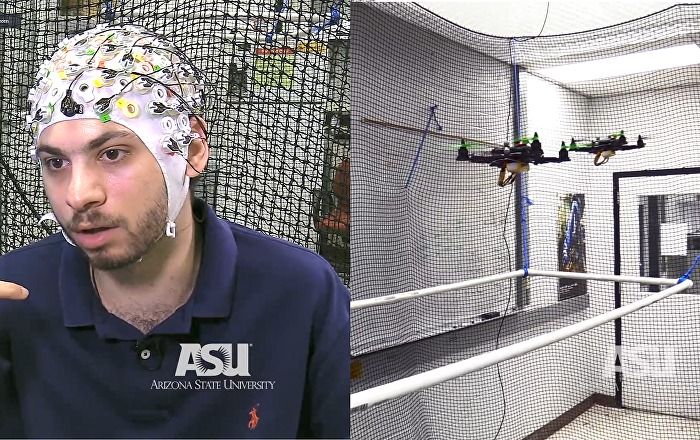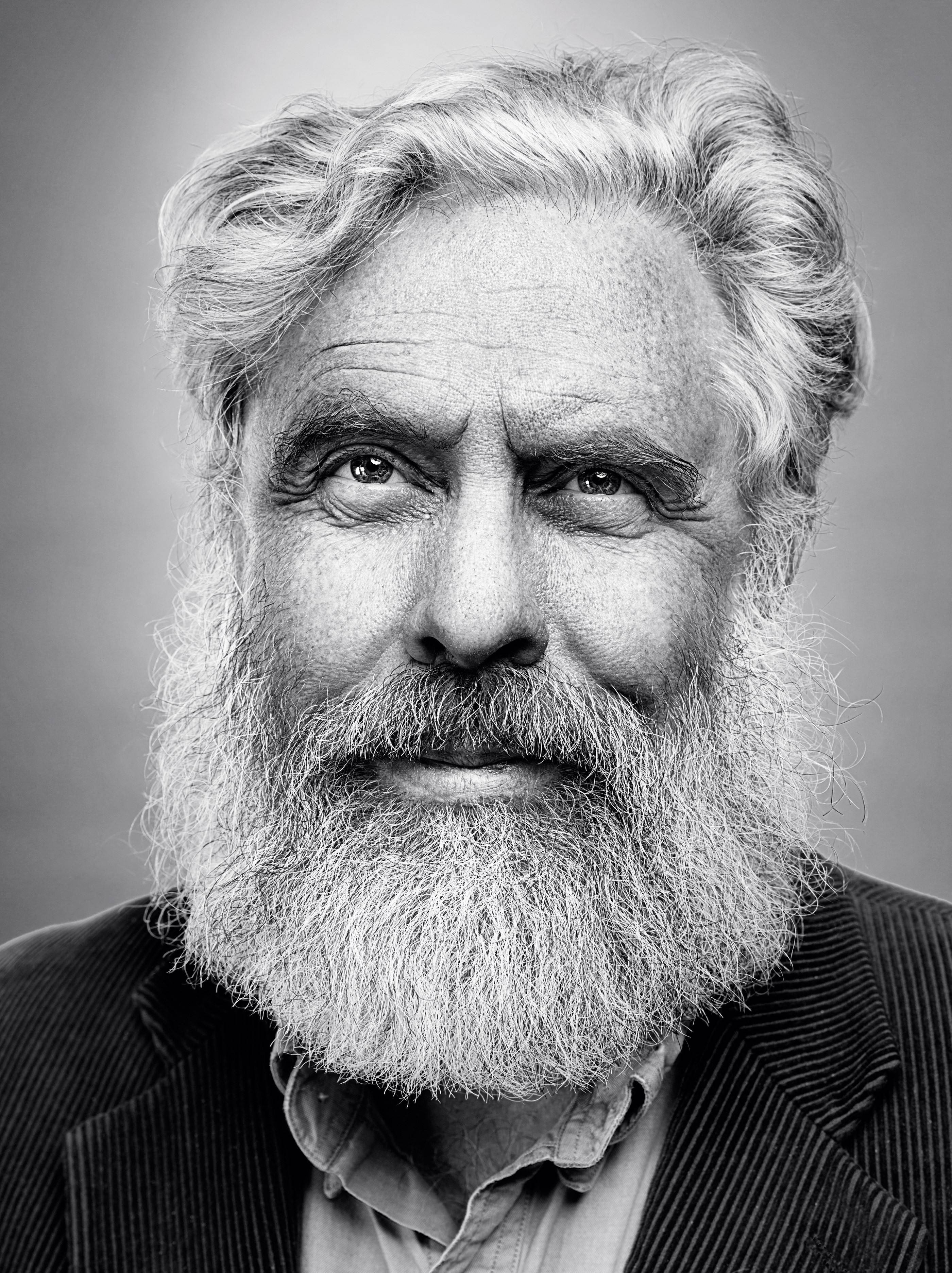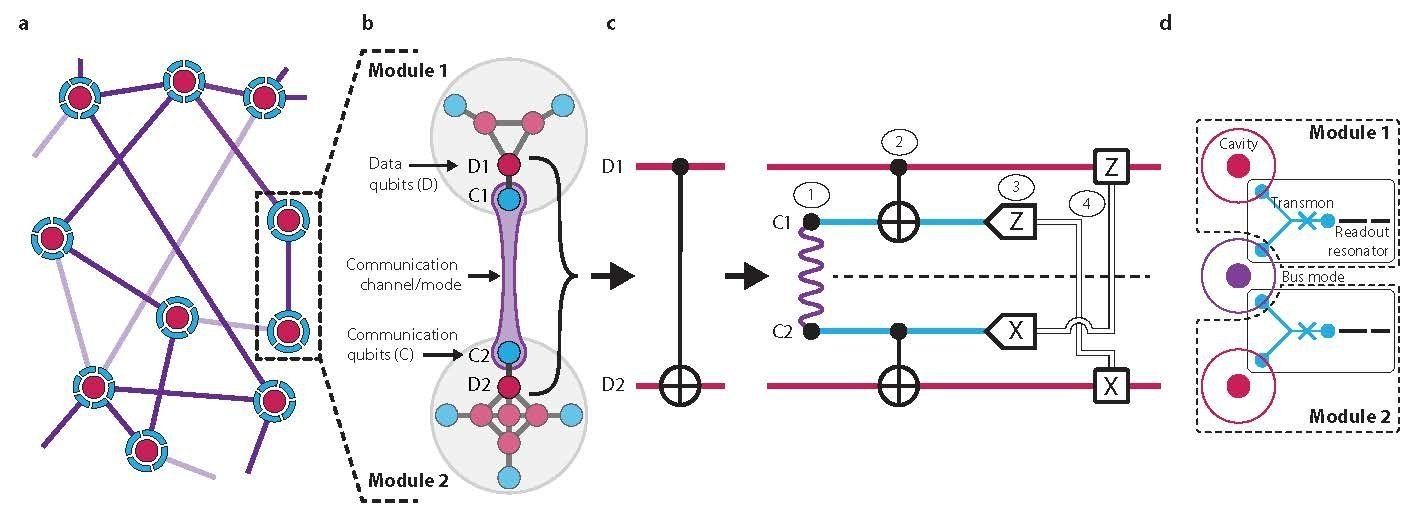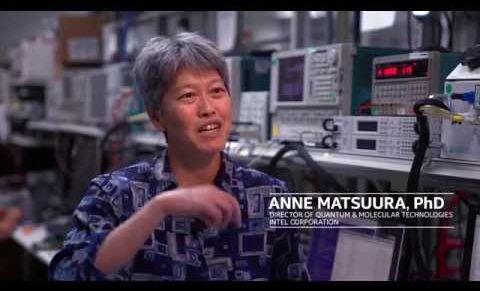Sep 12, 2018
New high-capacity sodium-ion could replace lithium in rechargeable batteries
Posted by Bill Kemp in categories: computing, mobile phones, sustainability, transportation
University of Birmingham scientists are paving the way to swap the lithium in lithium-ion batteries with sodium, according to research published in the Journal of the American Chemical Society.
Lithium-ion batteries (LIB) are rechargeable and are widely used in laptops, mobile phones and in hybrid and fully electric vehicles. The electric vehicle is a crucial technology for fighting pollution in cities and realising an era of clean sustainable transport.
However lithium is expensive and resources are unevenly distributed across the planet. Large amounts of drinking water are used in lithium extraction and extraction techniques are becoming more energy intensive as lithium demand rises – an ‘own goal’ in terms of sustainability.
Continue reading “New high-capacity sodium-ion could replace lithium in rechargeable batteries” »


















